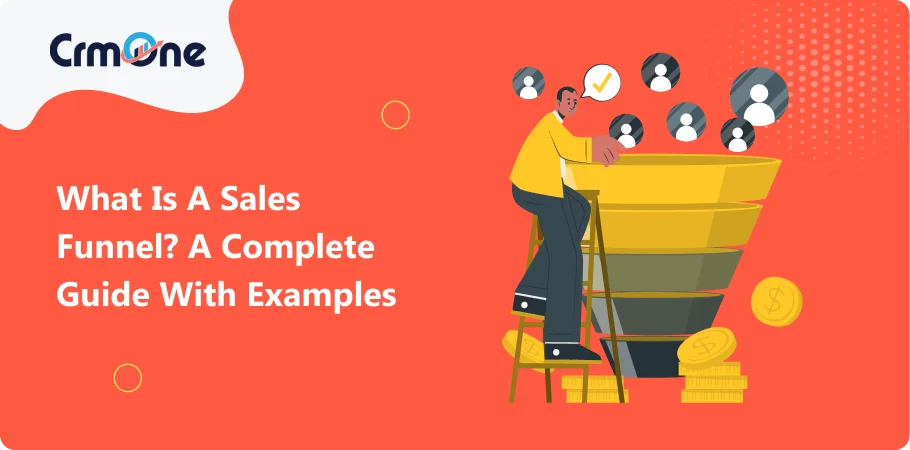For long-term success in the area of internet marketing, it is essential to understand and master the idea of a sales funnel. The sales cycle is represented by a sales funnel, which shows where that potential consumers journey from first awareness to ultimate choice and action.
To optimize this process, it’s imperative to conduct competitive research, understanding market dynamics and customer preferences at each stage of the funnel. By integrating insights from such research, businesses can refine their strategies, enhance engagement, and drive conversions effectively.
In this comprehensive guide, we’ll delve into the intricacies of sales funnel stages, providing actionable insights and examples to help you create and optimize your own. Whether you’re a seasoned marketer or a business owner looking to enhance your sales process, this guide will equip you with the knowledge and tools needed to build a successful sales funnel.
Understanding What is a Sales Funnel?
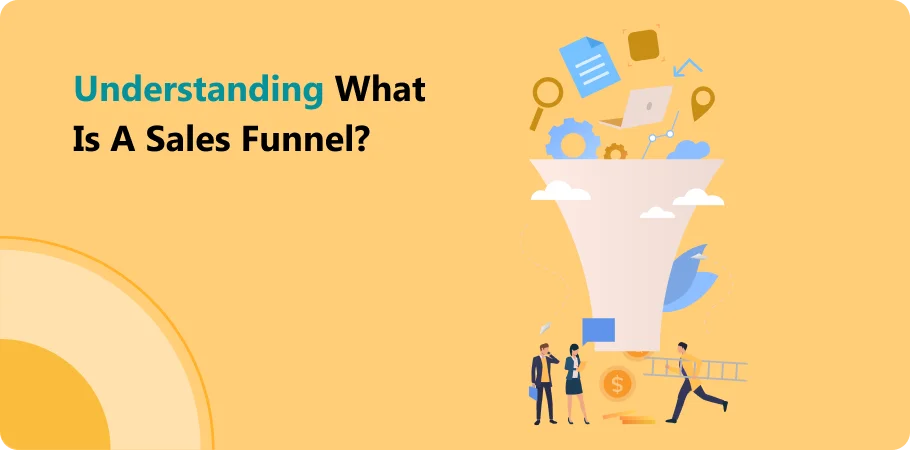
A sales funnel is a strategic process that guides potential customers through various stages toward making a purchase, with the ultimate goal of conversion. Essentially, it represents the journey a prospect takes from being aware of a product or service to becoming a paying customer. Typically, sales funnel stages include awareness, interest, decision, and action.
At the awareness point, individuals become acquainted with the product or service; then, their interest may be piqued, leading them to consider it further. Subsequently, they reach a decision point where they evaluate their options before finally taking action, such as making a purchase.
Understanding what is a sales funnel helps businesses tailor their marketing and sales efforts to effectively nurture leads through each stage of the process, ultimately driving conversions.
Why Are Sales Funnels Important?
Sales funnels are crucial for businesses because they provide a structured framework for guiding potential customers through the buying journey, thereby increasing the likelihood of conversion. By understanding the intricacies of the sales funnel, businesses can strategically optimize their marketing efforts to attract, engage, and convert leads effectively.
Additionally, sales funnels enable businesses to identify any bottlenecks or areas for improvement in their marketing funnel, allowing them to refine their strategies and maximize their ROI. In essence, sales funnel important tools that empower businesses to streamline their sales processes, enhance customer relationships, and drive sustainable growth.
List of sales funnel stages:

Awareness Stage:
In the awareness point of the sales funnel, businesses aim to capture the attention of potential customers and introduce them to their products or services. This initial phase is crucial for laying the foundation of the own sales funnel, where businesses strive to create brand awareness and establish themselves as authorities in their respective industries.
During sales funnel stage, potential customer become acquainted with the business through various channels such as social media, content marketing, advertising, and word-of-mouth referrals.
The key objective is to spark interest and curiosity among potential customers, prompting them to explore further and move along the sales funnel journey. Effective engagement strategies at this stage involve delivering valuable content, addressing pain points, and showcasing unique selling propositions to capture the attention of potential consumer and initiate the journey towards conversion.
Interest Stage:
The interest point in the basic sales funnel is a critical juncture where potential consumers transition from merely being aware of a product or service to actively considering it. During this phase, prospects demonstrate a heightened curiosity and engagement with the offering, often seeking more information or evaluating alternatives.
Sales funnel software plays a pivotal role in this stage by enabling businesses to track and analyze customer interactions, such as website visits, email opens, and content consumption, to gauge interest levels accurately.
By leveraging this data, businesses can tailor their marketing messages and content to resonate with the specific needs and preferences of their audience, thereby nurturing leads and guiding them closer to conversion.
Decision Stage:
During the decision stage of a well-defined sales funnel, potential consumers are at a critical juncture where they evaluate various options and consider making a purchase. This phase is pivotal for sales teams as they engage with prospects to address any concerns, provide personalized solutions, and showcase the value proposition of their products or services.
A well-defined sales funnel helps sales reps team navigate this stage more effectively by providing insights into the specific needs and preferences of leads, enabling them to tailor their approach accordingly.
By leveraging targeted communication and persuasive techniques, sales teams can guide prospects towards a positive purchasing decision, ultimately driving conversions and revenue growth.
Action Stage:
In the action stage of the sales funnel, potential consumers are poised to take the final step towards conversion. Here, the landing page plays a pivotal role as it serves as the gateway for prospects to complete their purchase or desired action, whether it’s making a transaction, signing up for a service, or downloading a resource. A well-optimized landing page, aligned with the company’s sales model, is essential at this juncture to ensure a seamless and persuasive user experience.
By incorporating compelling calls-to-action, clear value propositions, and intuitive design elements, landing page can effectively encourage prospects to take the desired action, thus driving the conversion process forward and contributing to the company’s bottom line.
Identifying Your Target Audience
Identifying your audience is a crucial step in optimizing the sales funnel and improving sales performance. By understanding the demographics, preferences, and pain points of your ideal customers, businesses can tailor their marketing messages and sales strategies to resonate more effectively.
This targeted approach ensures that resources are allocated efficiently, focusing on prospects who are most likely to convert. Through market research, data analysis, and customer feedback, businesses can refine their understanding of their target audience, allowing them to create more personalized and impactful experiences throughout the sales pipeline.
Creating Buyer Personas
Creating buyer personas is a pivotal step in optimizing the sales funnel stages and ensuring alignment with the needs and preferences of the target customer. These detailed profiles, crafted through market research and data analysis, provide invaluable insights for the marketing and sales team to tailor their strategies effectively.
By understanding the motivations, pain points, and purchasing behaviors of different buyer personas, the marketing and sales reps can create more personalized and relevant content, messaging, and offers at each stage of the sales funnel. This targeted approach enhances engagement, builds trust, and increases the likelihood of conversion, ultimately driving success for the business.
Crafting Compelling Content
Crafting compelling content is essential for engaging potential consumers at every stage of the sales funnel. By incorporating relevant keywords and addressing the pain points and needs of the audience, businesses can create content that resonates and drives action.
This involves conducting thorough competitive research to understand market trends and identify gaps that your product or service can address.
Additionally, researching solutions sought by your audience enables you to position your offering as the ideal solution. Tailoring content to different stages of the funnel ensures that prospects receive the right information at the right time, enhancing the effectiveness of marketing activities and ultimately increasing conversion rates.
Book a CrmOne Demo
Experience the CrmOne simplicity and power. Our experts will show you the best ways to use it and answer your questions in real time. See how CRMOne fits your needs.
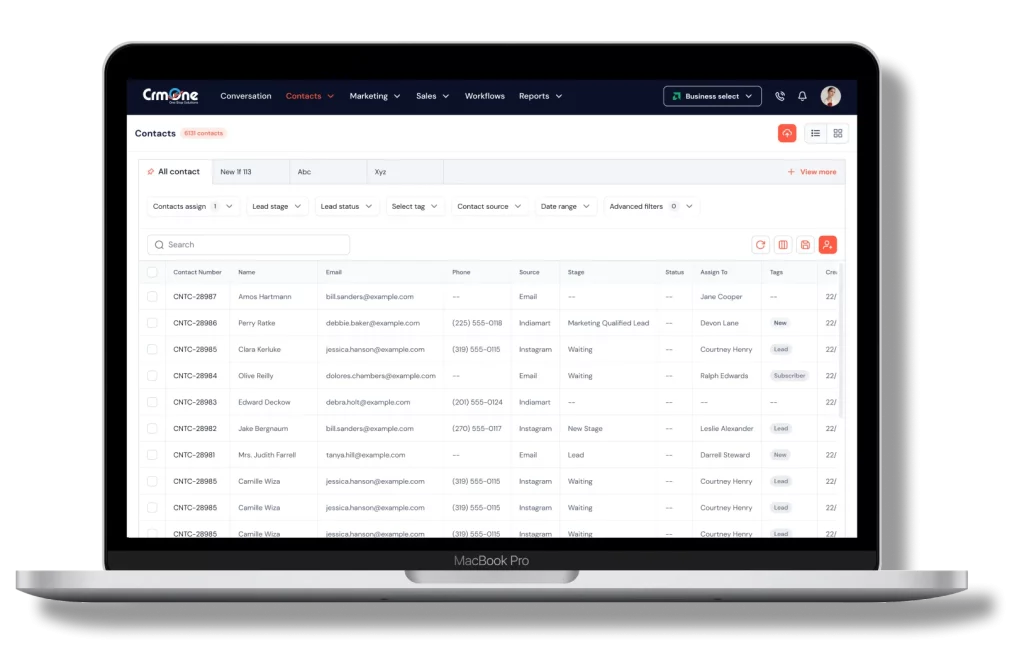
Building Awareness
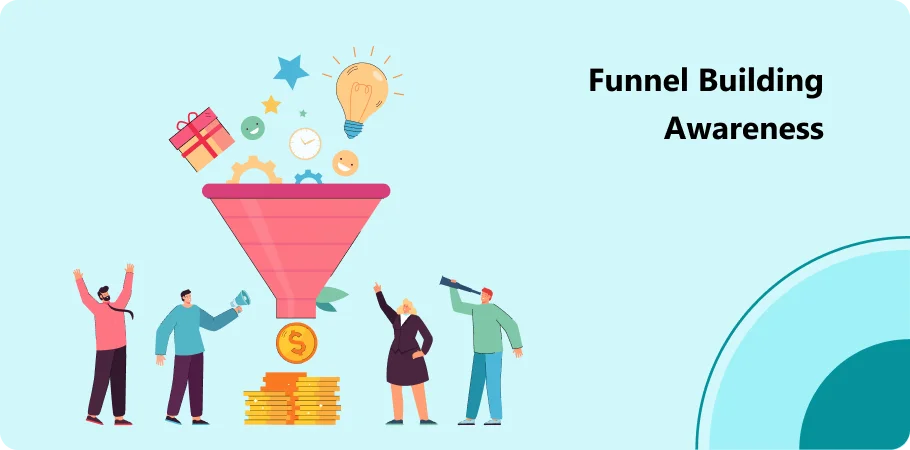
Content Marketing:
Optimizing content marketing within the sales process involves tailoring strategies for various stages, including awareness, consideration, and decision-making. For business to business markets, it’s crucial to align content with the specific needs and challenges of businesses. Incorporating how-to guides can effectively address customer pain points and nurture leads through the funnel.
These guides provide actionable insights, offering solutions and establishing credibility, ultimately driving conversions. By strategically integrating such content, businesses can enhance engagement, build trust, and guide prospects towards making informed purchasing decisions.
Social Media Marketing:
In the realm of social media marketing, engaging prospective customers is essential for driving brand awareness and fostering relationships. By crafting compelling content and targeted ads, businesses can attract the attention of their targeted audience and guide them through the sales pipeline.
Moreover, leveraging social media platforms also offers opportunities for customer retention, enabling businesses to maintain ongoing communication, provide value, and cultivate loyalty among their existing customer base.
Search Engine Optimization (SEO):
Integrating Search Engine Optimization (SEO) into the sales funnel is essential for attracting qualified leads and guiding them through the conversion journey. By optimizing content with relevant keywords and metadata, businesses can increase visibility and attract prospects at various stages of the funnel. However, it’s crucial to effectively manage leads to prevent unqualified prospects from clogging the funnel.
Implementing lead management strategies ensures that resources are focused on nurturing promising leads, maximizing the efficiency of the sales process and ultimately driving higher conversions.
Capturing Interest
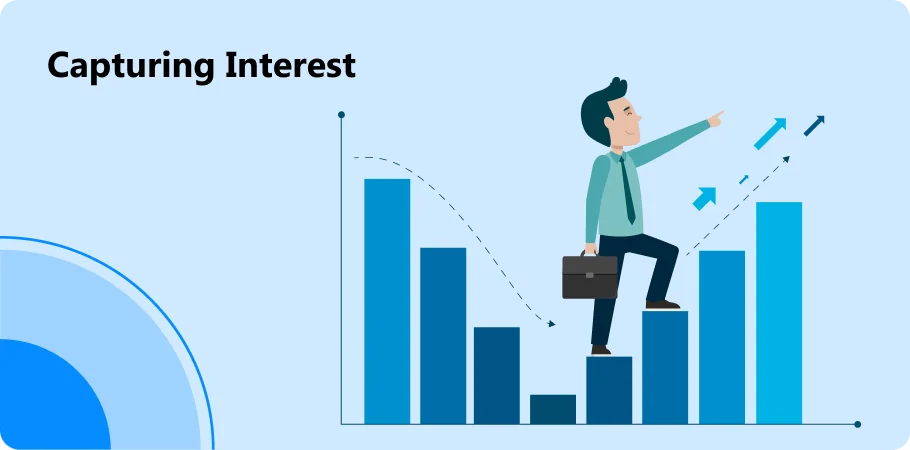
Lead Magnets:
Lead magnets play a pivotal role in the conversion stage of the sales funnel by enticing potential customers with valuable incentives. These incentives, such as free e-books, webinars, or exclusive discounts, aim to educate prospects and empower them to make an informed purchase decision.
By offering relevant and compelling lead magnets, businesses can nurture leads, build trust, and guide them towards an educated purchase decision, ultimately driving conversions and fostering long-term customer relationships.
Email Marketing:
Email marketing plays a pivotal role in nurturing leads and driving conversions, especially at the bottom of the funnel where prospects are primed for purchase. By strategically deploying targeted email campaigns, businesses can effectively guide leads through the sales pipeline, delivering personalized content that addresses their specific needs and concerns.
This approach ensures that prospects receive the right information at the right time, ultimately accelerating their journey towards making a purchase decision.
Nurturing Leads
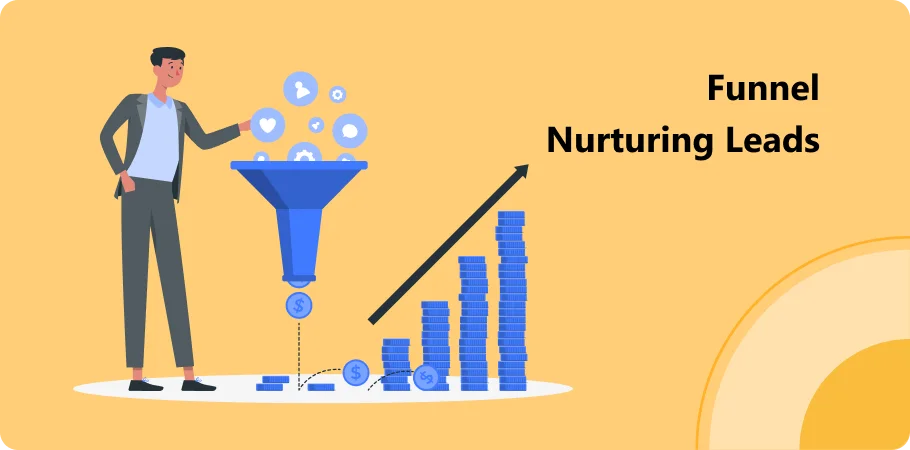
Nurturing leads in the sales funnel involves guiding prospects through their customer journey, from initial awareness to conversion. Strategic marketing campaigns play a pivotal role in this process, captivating audiences and steering them towards engagement and purchase.
By understanding the customer’s journey and crafting targeted marketing campaigns, businesses can effectively nurture leads, building rapport and trust while maximizing conversion opportunities.
Converting Leads into Customers
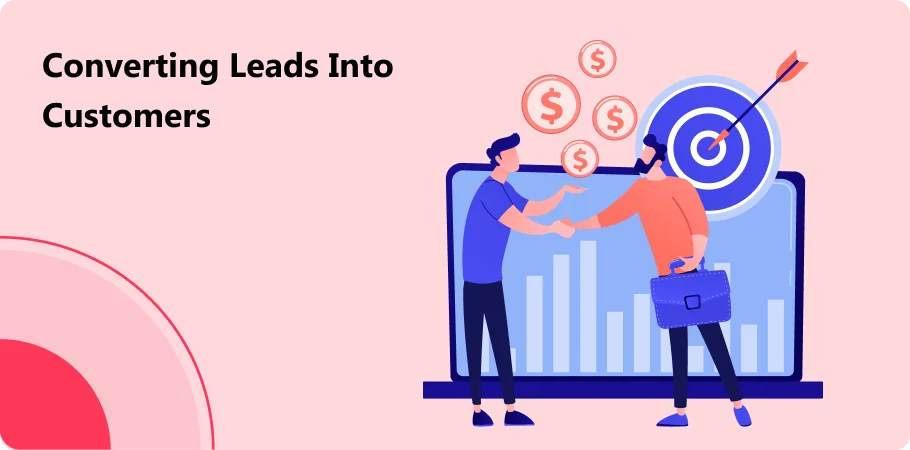
Sales Pages:
In the sales funnel, each step serves a vital purpose in guiding potential consumers towards conversion. From awareness to purchase, the sales funnel work seamlessly to nurture leads and drive sales.
Ensuring sales alignment across all stages is crucial for a cohesive customer journey, where every touchpoint reinforces the value proposition and moves prospects closer to the final sale.
Landing Pages:
In the architecture of a sales funnel, landing pages serve as crucial entry points where potential leads are first introduced to your products or services. They are meticulously designed to captivate attention and entice visitors to take action, guiding them seamlessly through the conversion journey.
By optimizing landing page, you can effectively build a sales funnel that maximizes engagement, conversions, and ultimately nurtures loyal customers who continuously return for your offerings.
Retaining Customers
After attracting customers through effective Google search optimization, concentrate on retaining them by delivering outstanding customer service and continuous value. Establish a basic structure for loyalty programs and incentives that foster long-term commitment and repeat business.
By prioritizing these elements, you can cultivate strong customer relationships and ensure sustained loyalty to your brand.
Tools and Resources for Building Sales Funnels
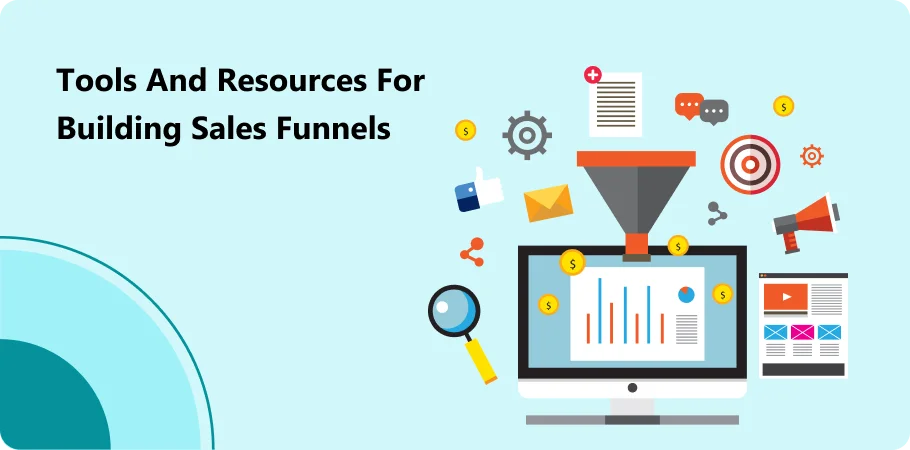
Customer Relationship Management (CRM) Software:
In the realm of sales funnel management, CRM software serves as the cornerstone, facilitating seamless interaction with potential buyers at every stage. At the top of the funnel, where prospects first engage with your brand, CRM systems provide vital tools for capturing and organizing leads.
By efficiently tracking interactions and automating outreach, CRM empowers sales group to nurture these potential buyers into loyal customers, ensuring no opportunity slips through the cracks.
Marketing Automation Platforms:
In the sales funnel, marketing automation platforms play a pivotal role in generate leads by effectively targeting and engaging potential customers. These platforms streamline the process, capturing contact details seamlessly, ensuring that valuable lead information is acquired and utilized efficiently.
By automating lead generation and contact detail acquisition, businesses can focus on nurturing relationships and driving conversions effectively through personalized interactions.
Analytics Tools:
In the final stages of the sales funnel, businesses often rely on advanced analytics tools to assess customer journey and optimize conversion rates. These tools offer insights into crucial metrics like conversion rate, consumer retention, and sales trends, empowering businesses to make data-driven decisions that drive success.
As prospects move through the middle of the funnel, analytics tools play a pivotal role in tracking engagement and nurturing leads effectively. By analyzing interactions such as email opens, website visits, and content consumption, businesses gain valuable insights to tailor their strategies and guide prospects towards conversion.
Examples of Successful Sales Funnels
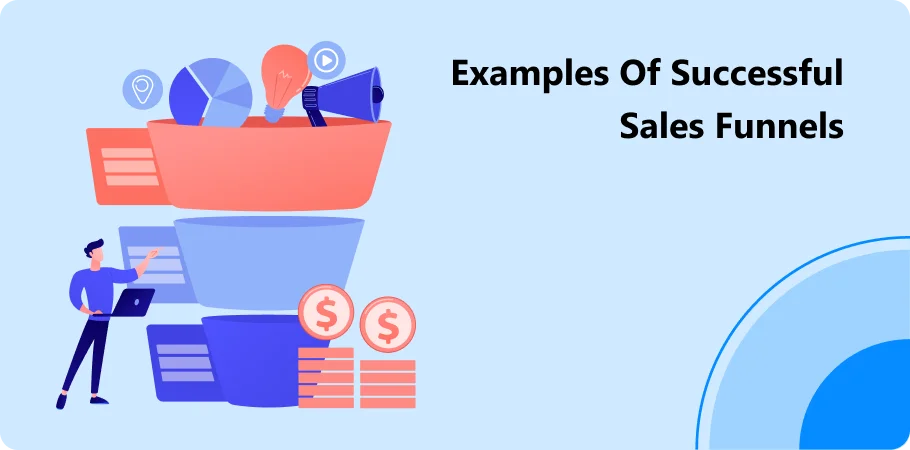
CrmOne:
CrmOne seamless checkout process and personalized recommendations are a testament to the effectiveness of their sales funnel. It offers pre-built sales funnel templates to customer interactions.
Click Funnels:
This popular platform offers a range of pre-built sales funnel templates and tools for creating high-converting funnels.
HubSpot:
HubSpot’s all-in-one marketing platform includes features for building, managing, and optimizing sales funnels.
Conclusion
Building and optimizing an effective sales funnel is a continuous process that requires careful planning, execution, and iteration. By understanding the stages of the funnel, identifying your target audience, and leveraging the right tools and resources, you can create a streamlined, efficient sales process that consistently generates results for your business.
Implement the strategies outlined in this guide, and watch as your sales funnel becomes a powerful engine for driving growth, maximizing revenue, and achieving your business goals.
Get started for Free
Start for free today. Boost your sales by clicking the Get Started button. With CRMOne, you can manage leads, sales, and customer service all in one place.
